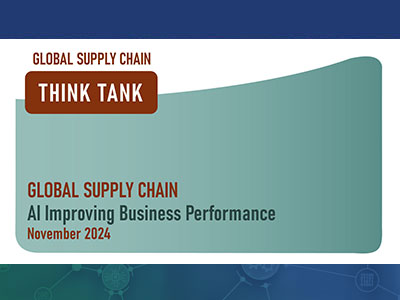ERP in Modern Manufacturing
ERP systems sit at the core of modern manufacturing—but most companies use only a fraction of their capability. In this Supply Chain Byte, Lisa Anderson gives examples of how optimizing the ERP system can strengthen the supply chain—capacity, staffing, planning & scheduling and on-time delivery.












